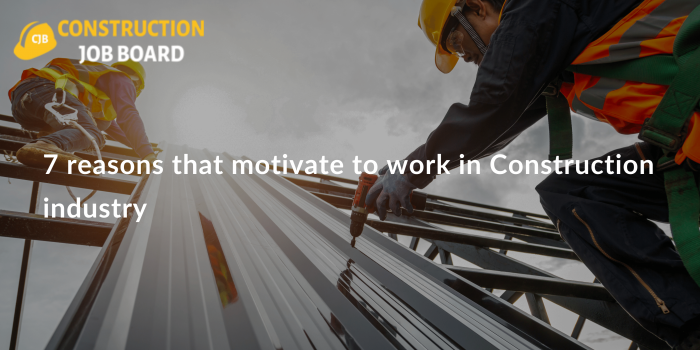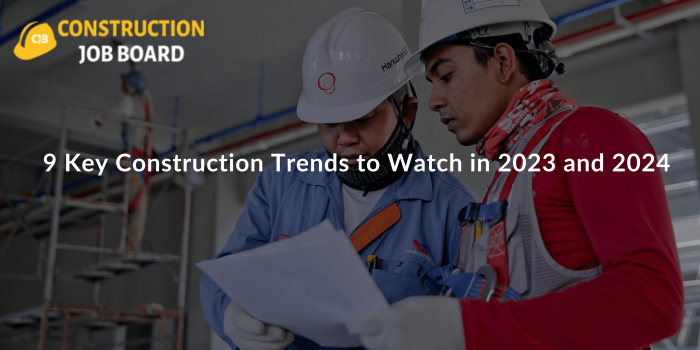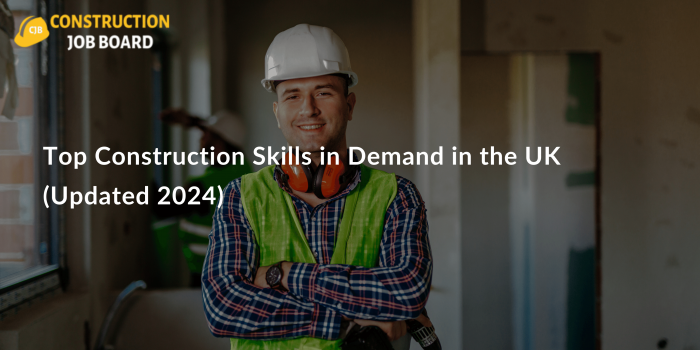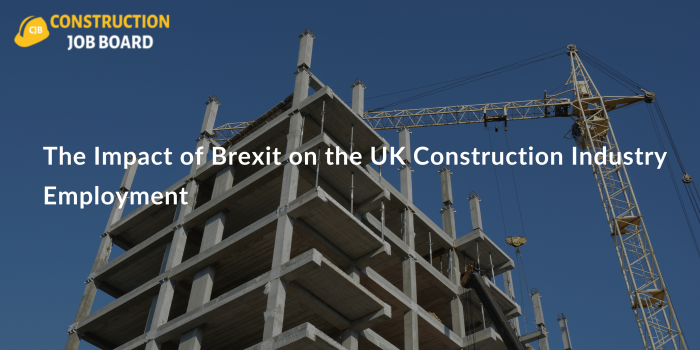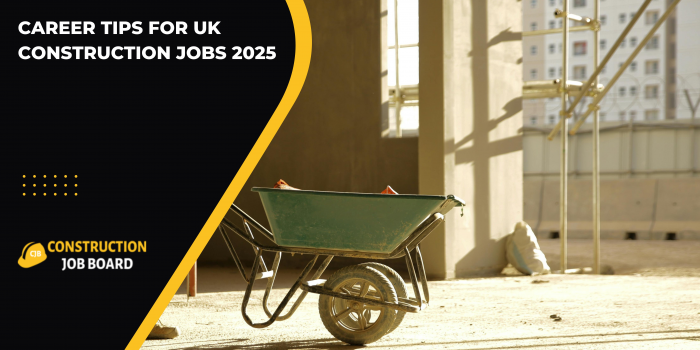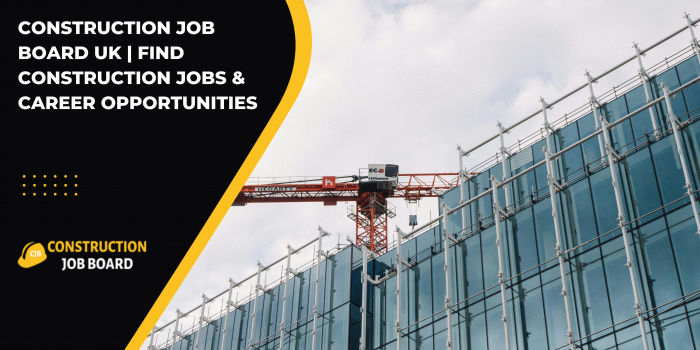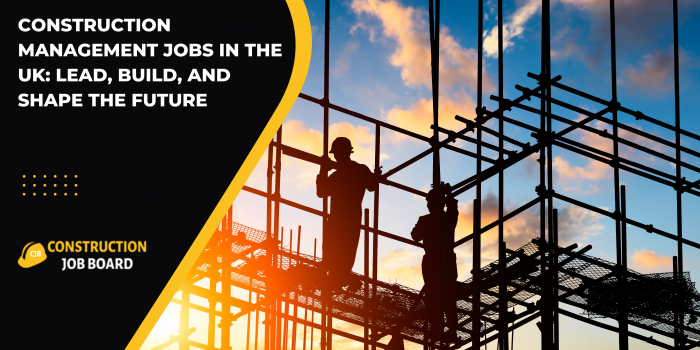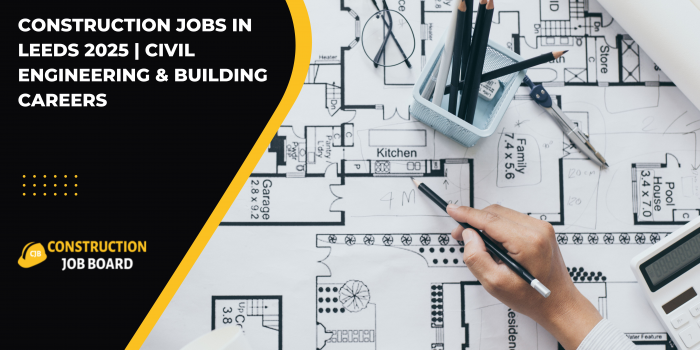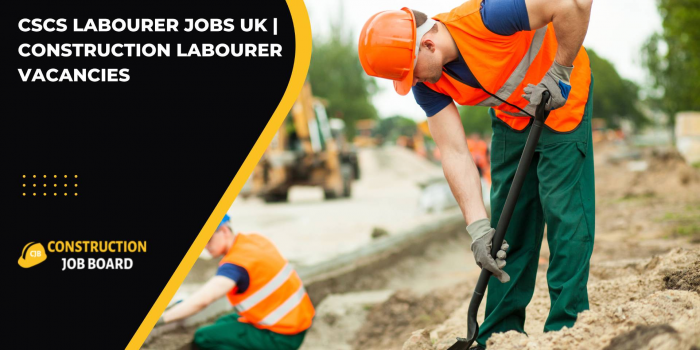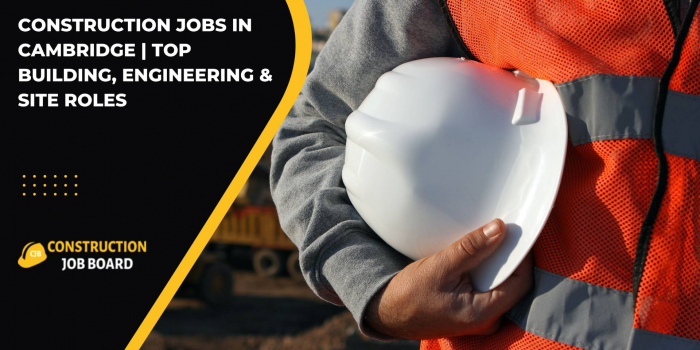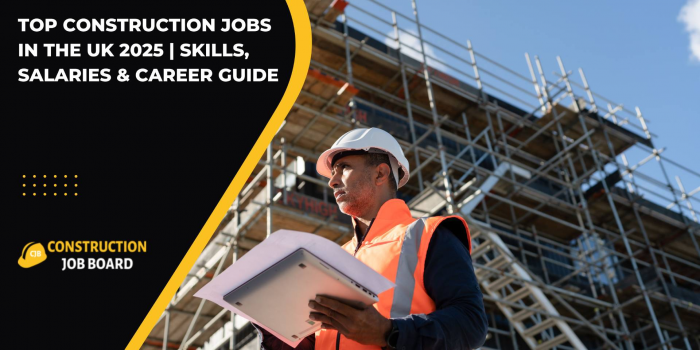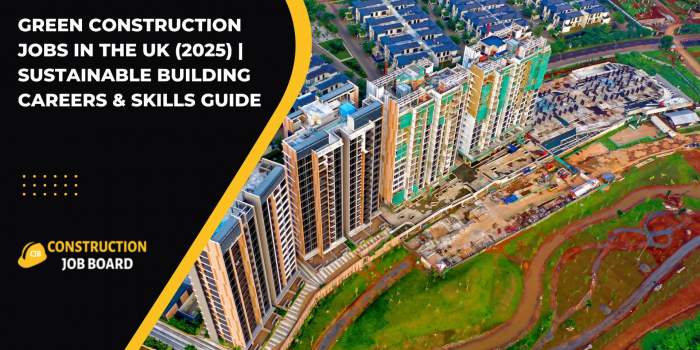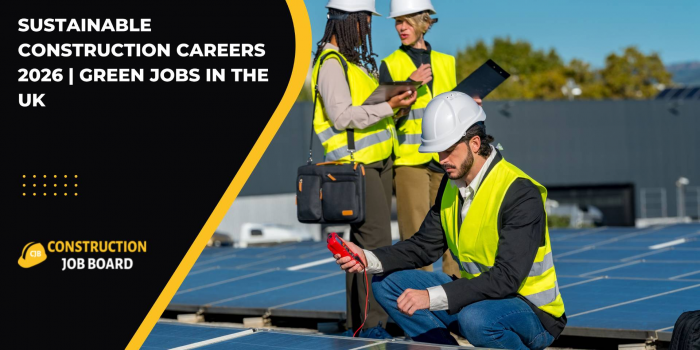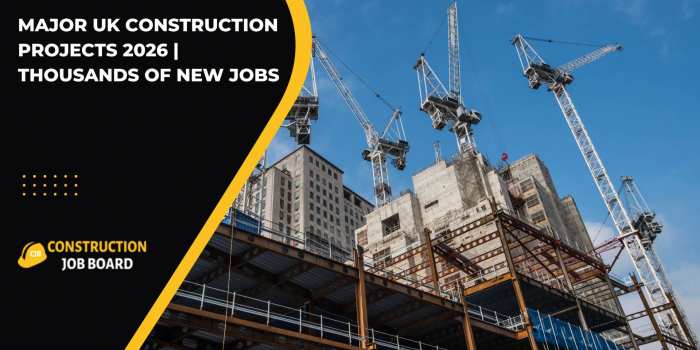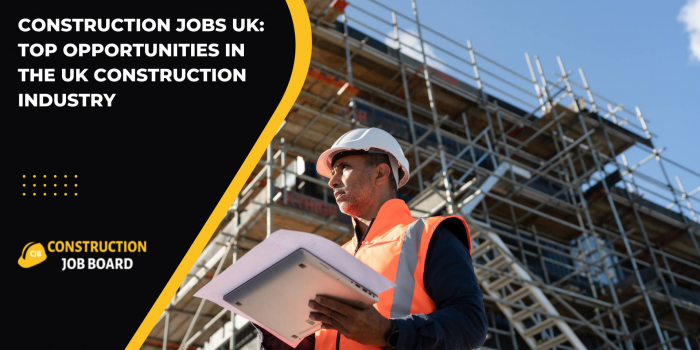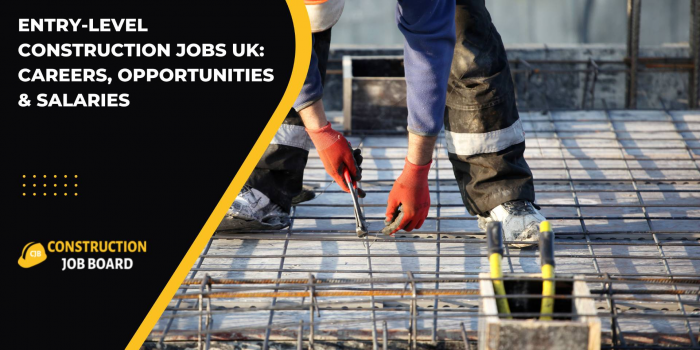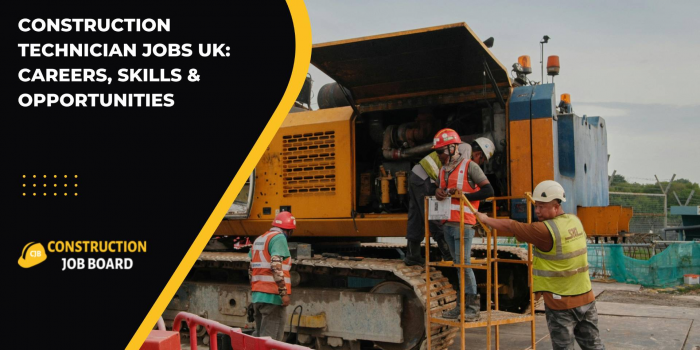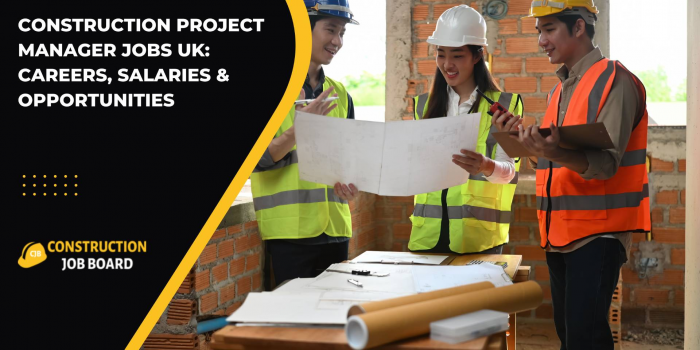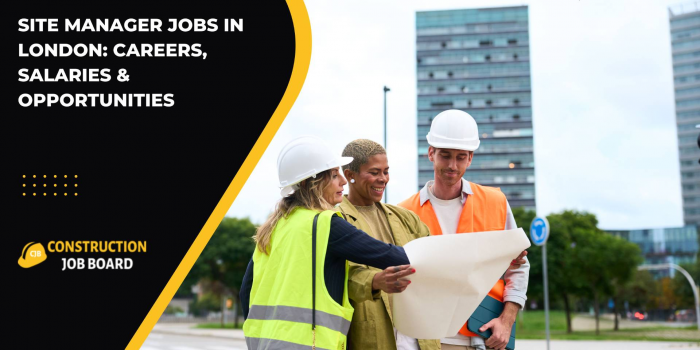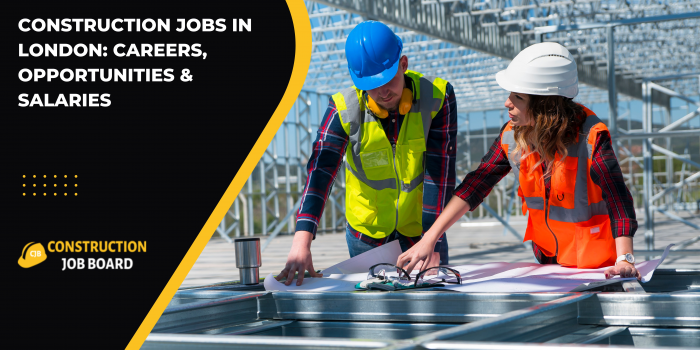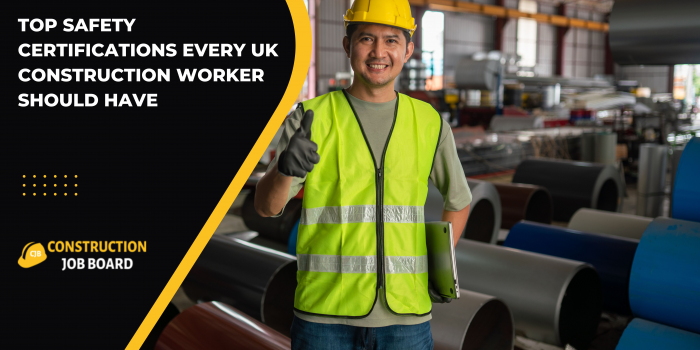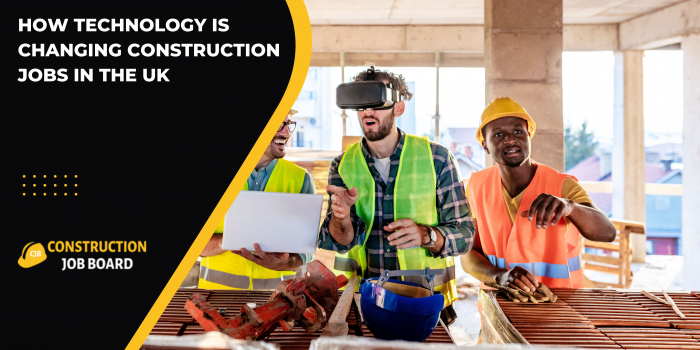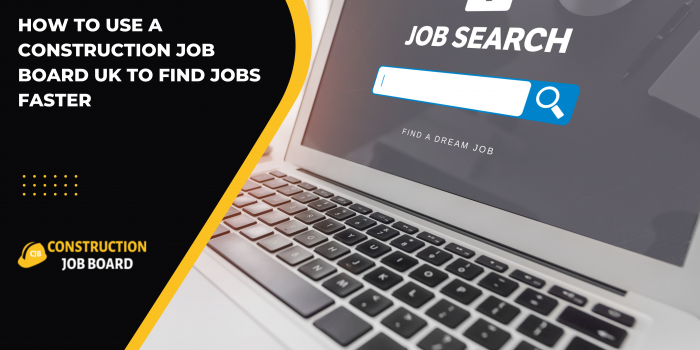Women in Construction: Breaking Barriers and Leading the Future
25/09/2025
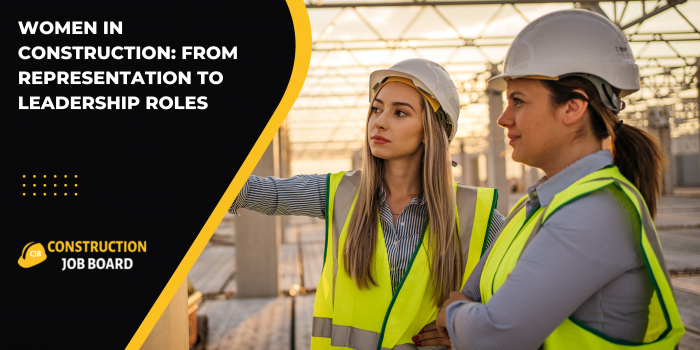
Traditionally, the UK construction industry has been male-oriented, but it is changing. Women in construction are now engineers, project managers, architects, site managers and directors of companies, rather than just supporting roles.
As the sector evolves, companies are becoming more aware of valuing diversity and inclusion, resulting in more suitable construction job and leadership opportunities for women. In this article, we'll discuss the progress of women in construction, the increasing representation and ongoing challenges and the future for women in this sector.
The Current State of Women in Construction
Although progress is being made, women only represent a small percentage of the construction workforce in the UK. As per the latest statistics:
Women only represent around 15% of the UK construction sector.
Only 2% of onsite construction workers are women.
The proportion of women in upper roles is slowly increasing, especially in fields such as engineering, design and project management.
While these statistics may seem low, the good news is that there are more women entering creative and executive positions than ever before and we can view it positively.
Why Representation Is Important in Construction Jobs
The increased presence of women in construction is about much more than satisfying a quota — it's about creating innovation, equity, and sustainability.
The value of gender diversity in construction:
Diverse teams are better problem-solvers.
Inclusive work environments have proven to be more productive and have higher retention rates.
Representation will continue to encourage future generations of women to choose a career in construction.
As more companies take diversity and inclusion policies and strategies seriously, construction jobs are becoming more accessible for women at all stages of their careers — from starting with entry-level positions to working their way into executive leadership.
Women Entering Leadership Positions
Although progress is still being made and has not been achieved in many sectors, more women are shattering the glass ceiling in construction.
Examples of Leadership Roles Women Are Filling:
Project Manager in Construction
Quantity Surveyor
Site Engineers
Health & Safety Leads
Directors and CEOs of Construction Companies
These women represent not only a place for women in construction, but also a look into the industry's future. Women can and do occupy strategic leadership roles with the right training, support, and access.
A Real Example:
Many organizations based in the UK, including Laing O'Rourke, Wates Group, and Balfour Beatty, are deliberately advancing women into leadership roles with publicized diversity goals to increase the number of women working in all areas of the company.
Difficulties Women Encounter in Construction Employment
While/or despite the advancements, women in construction continue to experience a number of challenges:
Gender biases and stereotypes that inhibit their access to roles.
Limited, or no, female mentors/role models.
Disparity in salary within certain areas of the industry.
A workplace culture that is potentially exclusive and/or not supportive.
Addressing these challenges requires action on the part of employers, trade organizations, educational institutions, and/or governmental agencies. Examples of best practice for action include policy reform, mentoring, flexible working, and establishing zero-tolerance policies for harassment - all are examples of how firms can address these issues through more inclusive environments.
Women’s Opportunities Within Construction Employment
As the construction industry continues to adapt to the expectations of the UK building sector, it also continues to provide opportunities for women. Digital transformation, sustainable building, and modular construction continue to manifest new roles spread less sensitive demands on the body, specific areas of job expertise that many women manage especially well.
Opportunities to these roles include:
- BIM (Building Information Modelling) specialists,
- Sustainable builders consultants,
- Off-site manufacturing technicians,
- Digital project managers,
- Construction Law & contracts advisors.
There continues to be a drive to focus on skills shortages which the construction industry is emphasising and training additional women in to meet demand.
Empowering Women in the Construction Industry
To recruit and retain women in construction employment, businesses must establish supportive pathways, such as:
Women-only apprenticeship and graduate programs
Workplace mentorship programs that connect women to experienced professionals
Flexible work policies, like testing flexible hours to support work-life balance
Leadership training that supports promotions and career advancement
Organizations like Women Into Construction, NAWIC (National Association of Women in Construction - UK) and CITB (Construction Industry Training Board) provide critical work in supporting, upskilling, and advocating for women in the industry.
Frequently Asked Questions: Women in Construction Jobs
- What jobs do women usually work in construction?
Women work in all roles – including engineering, project management, site manager, health & safety, logistics, surveying, as well as senior management roles. The number of women working in a trade (such as electricians and carpenters) is also rising.
- Is construction a good career for women?
Yes. Construction has a diverse range of careers, can offer good earning potential, and longevity as a job. The industry is always evolving, and it has become more inclusive of women and more flexible for the circumstances of women than it has ever been
- What qualifications do women need for construction jobs?
Qualifications can be as simple as an apprenticeship or NVQ, or formally qualified (engineering degree, chartered status etc.) depending on the role. Many companies will have or will be looking to set up a training program for women who did not enter the industry with experience.
- Are there groups that support women in construction?
Yes! There are groups such as Women into Construction, NAWIC UK, and CITB. Most of these groups have training programs, mentoring programs, networking, and support for women into construction jobs.
- What is being done to support female leadership in construction?
There are companies who are setting objectives for diversity, developing internal pipelines to support career progression in women and encouraging women to demonstrate they are capable of taking the next step. There are social impacts and public awareness of the issue and mentorship programs that are making an effort.
In Closing: Creating a More Inclusive Future
Women are no longer the minority in the UK construction industry. They are involved, they are leaders, and they are the driving force behind change initiatives. As more and more women enter the workforce and move into senior roles, the construction industry becomes stronger, more vibrant, and finds itself better equipped to be resilient in the face of future challenges.
From an employer’s perspective, a commitment to diversifying the workforce and building inclusivity is not a philanthropic responsibility, it’s a competitive advantage. And if you’re a woman thinking about joining the construction workforce, now is the time, and there has never been a better time to build your future in construction.








